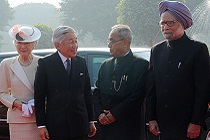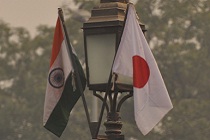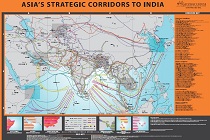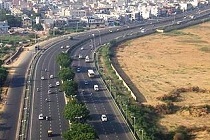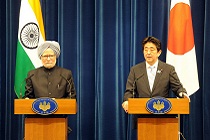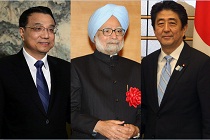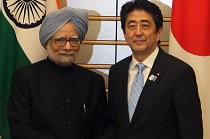The Japanese emperor’s visit
The ongoing visit to India by Emperor Akihito of Japan is a strategic milestone that can have long-term implications for the bilateral economic relationship and geopolitical engagement in a rapidly-changing Asia. Both countries must now work to sustain this momentum

